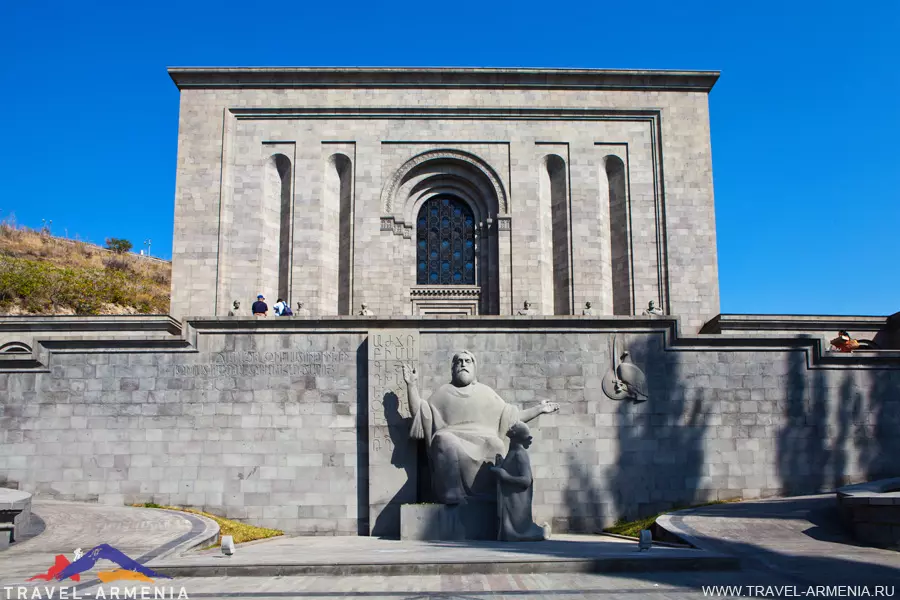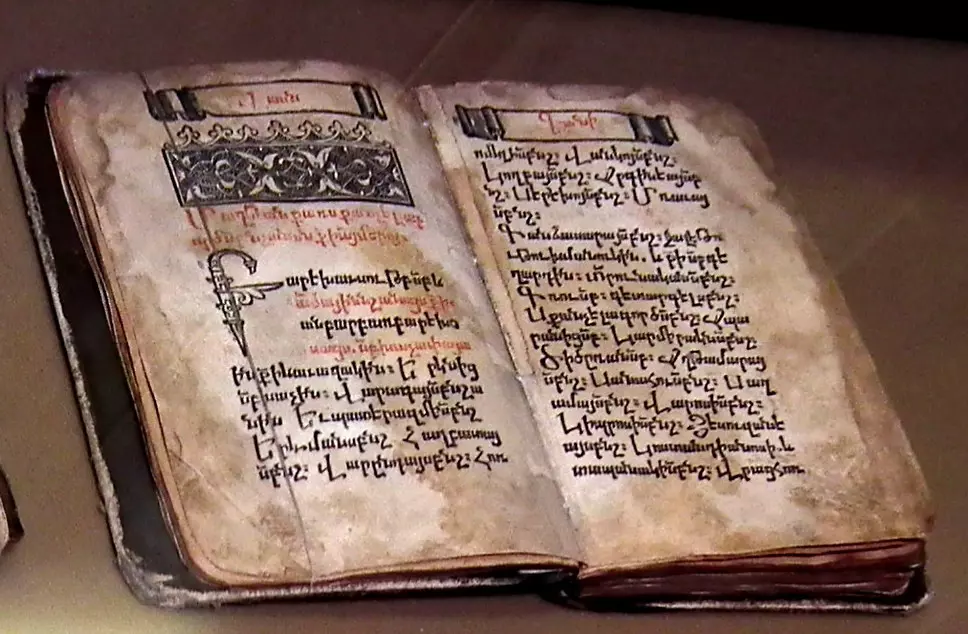Armenia is often called an open-air museum. Imagination takes you to a country with an ancient culture, a mysterious civilization. Powerful fortresses, temples with the largest educational centers and rich libraries. For centuries, manuscripts of world significance were kept in the monasteries of Armenia. Some of them “survived” and thanks to the great work, this indescribable wealth has come down to us.
Today, some of these ancient manuscripts are kept at the Institute of Ancient Manuscripts named after St. Mesrop Mashtots (creator of the Armenian alphabet) or as it is customary to call Matenadaran among the people. The very word “matenadaran” in translation from the ancient Armenian language means “manuscript holder”.

An important fact is that the collection of manuscripts of the Matenadaran was included in the UNESCO World Heritage List. It houses over 120,000 manuscripts and 300,000 archival documents.
The museum is considered one of the world’s largest repositories of ancient manuscripts. In addition to Armenian, there are also manuscripts in Latin, Hebrew, as well as Russian, Greek, Georgian, Persian, Japanese and other languages.
The pride of the foundation is the first paper manuscript in Armenia, dated 971, which tells about the work of the physicist and astronomer Anania Shirakatsi. As well as the “Book of Sorrowful Hymns” by Gregory Narekatsi, dating from 1173, the “Lazarev Gospel” of 887. All these works are of special cultural value.

Interesting Facts
* The largest and smallest manuscripts in the world are kept in the Matenadaran. The largest is the “Collection of Selected Speeches and Sermons” dated 1202, each sheet of which is made from the skin of a single calf. The smallest is an explanatory calendar of the 15th century, weighing only 19 grams, the size of a matchbox;
* The oldest manuscript of the fund is the Gospel of the Virgin Mary dating back to the 7th century. It is worth noting that it is on it that the inaugurated presidents of Armenia take their oath;
* In 2011, a new scientific complex was opened at the museum, in which there is a library, archive, art gallery and other halls.
Themed rooms
Manuscripts on Medieval Science, Literature and Art;
The hall of medieval medicine represents not only historical and theoretical, but also modern and practical significance;
Hall of ancient maps;
Hall of Armenian and Foreign Documents of the XIV-XVIII centuries of the Persian Shahs, Russian Tsars, Napoleon’s decrees are also presented here;
Section of ancient books of the 16th – 18th centuries, published in different cities – Venice, Constantinople, Paris, Marseille, Lvov, Rome, Moscow, Astrakhan, St. Petersburg and others;
The Hall of Manuscripts of Artsakh presents miniatures of the Artsakh school, as well as the schools of Upper Armenia, Cilicia, Crimea, Constantinople;
The Hall of Oriental Manuscripts contains Persian, Arabic, Ottoman, Afghan and Uzbek manuscripts, with religious, historical, philosophical, medical documents, as well as examples of Oriental calligraphy and miniature painting;
Travel-Armenia invites you to join a sightseeing tour of Yerevan and visit the Matenadaran. Tours are conducted in nine languages: Russian, English, French, Spanish, Italian, German, Portuguese, Arabic and Persian.